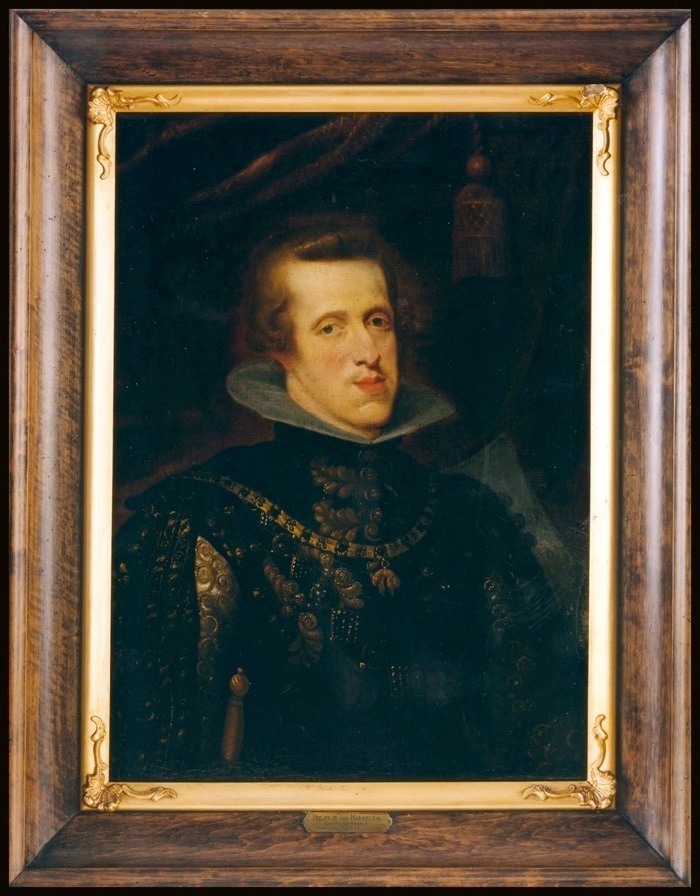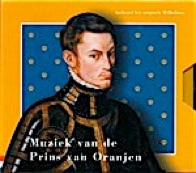Canvas
Dutch Painter
The Netherlands 17th century
Portrait of Philip IV of Spain, after a painting by Rubens from 1628/1629.
Studio replica in the Hermitage, St. Petersburg.
A similar portrait is in Vienna and Zurich (Ruzicka-Stiftung).
This portrait was found by Mr. van Heek in Castle Bergh, rolled on a stick together with the portrait of Isabella de Bourbon. The painting is a copy of a now lost painting by Rubens.
Philip IV (b. April 8, 1605, Valladolid, Spain--d. Sept. 17, 1665, Madrid), king of Spain (1621-65) and of Portugal (1621-40), during the decline of Spain as a great world power. He succeeded his father, Philip III of Spain, in 1621, and, for the first 22 years of his reign, Philip’s ’valido’, or chief minister, was the Conde-Duque de Olivares, who seized the spread of the Thirty Years’ War as an opportunity not only for resuming hostilities against the Dutch at the end of the Twelve Years’ Truce of 1609 (1621) but also for an ambitious attempt to restore Spanish hegemony in Europe, in close alliance with the imperial branch of the Habsburg dynasty. The Spanish armies won some conspicuous victories-for instance, the capture of Breda from the Dutch (1626) and the defeat of the Swedes and WeiMaryns at Nrdlingen (1634)-but France declared open war in 1635, and Spain’s early successes were offset, from 1640, by the separatist rebellions of Catalonia and of Portugal (Portugal becoming independent in 1640 under John IV of the House of Bragana). (see also Index: Franco-Spanish War) Philip dismissed Olivares in 1643 and replaced him with Don Luis Mndez de Haro, who remained in office until his death in 1661. Thereafter the King had no valido, but frequently relied on the advice of a nun and mystic, Mara de greda, who corresponded with him on both spiritual matters and affairs of state. By the end of his reign Spain, weakened by military reverses and economic and social distress, had become a second-class power. Philip’s first wife was Isabella, daughter of Henry IV of France; after her death in 1644, he married Maryna, daughter of the Holy Roman emperor Ferdinand III. A poet and patron of the arts, Philip was the friend and patron of the painter Velzquez, many of whose works portray Philip and members of his court.
Heinrich Schütz (1585-1672)
Verleih uns Frieden genädiglich 1648
The Musick’s Monument Vocal Ensemble




